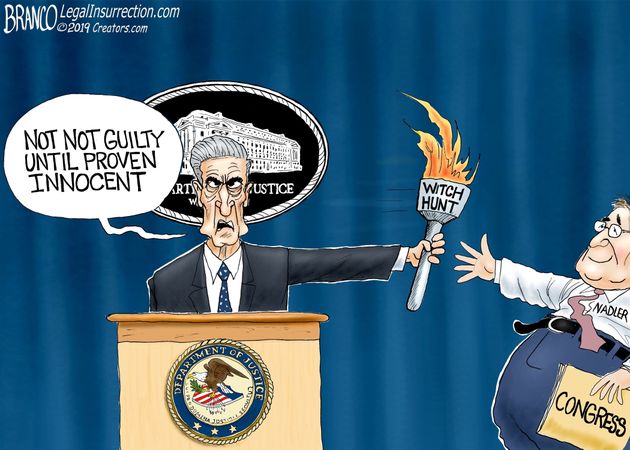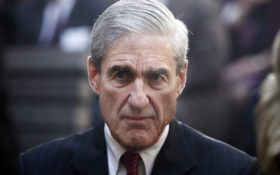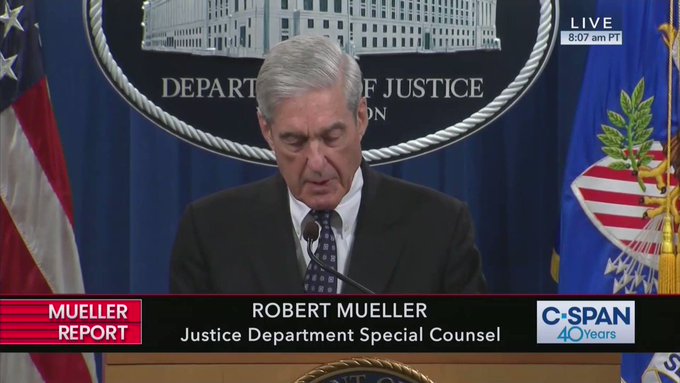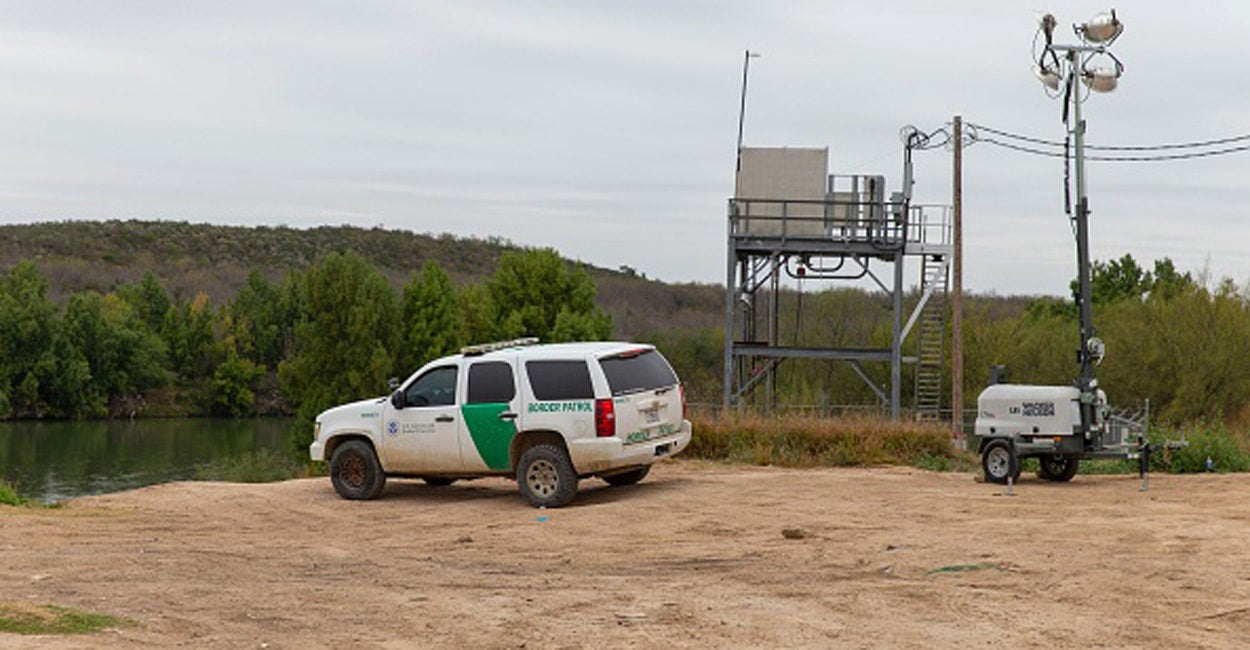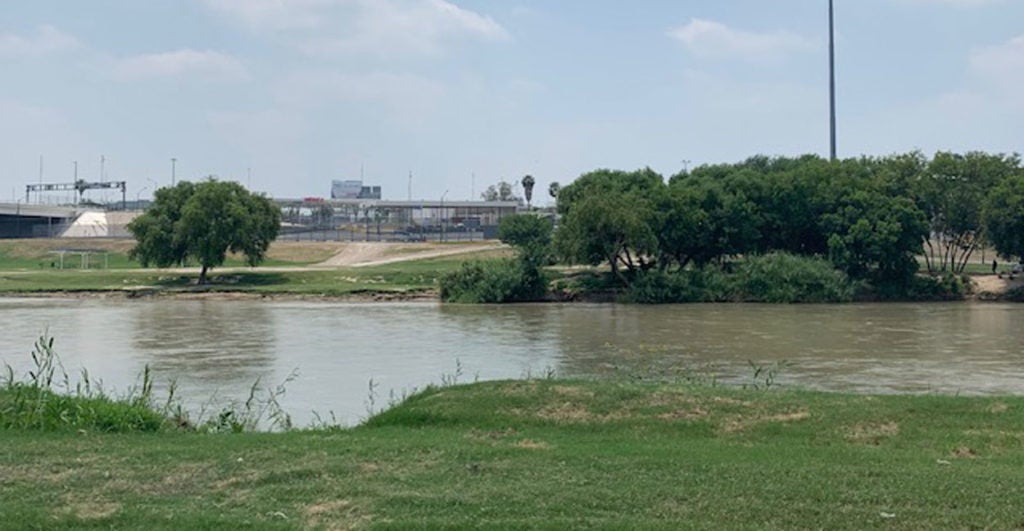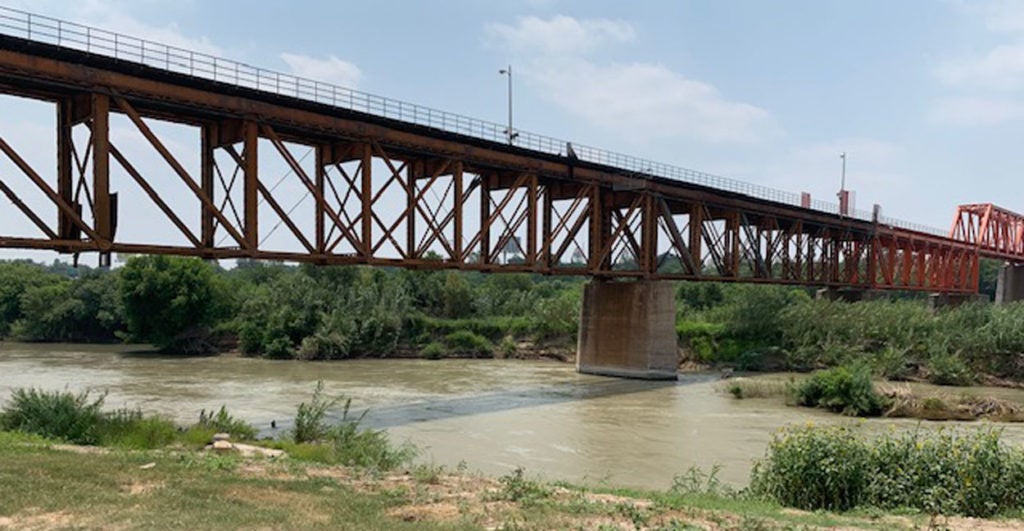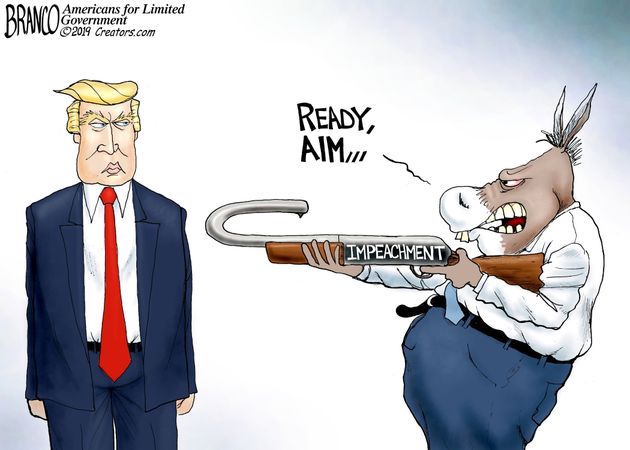
It’s OVER! Mueller quits, refuses to comment further
Special counsel Robert Mueller said Wednesday there was no evidence of collusion between the Russian government and President Donald Trump’s 2016 election campaign.
He then dissolved the special counsel investigation and announced his resignation in a stunning press conference Wednesday morning.
The mainstream media went into overdrive, falsely claiming that Mueller had endorsed impeachment.
But Mueller merely said he believed he was constitutionally barred from charging Trump. While he emphasized that his report did not exonerate the president, he also stated that it would be unfair to charge the president with obstruction of justice because he wouldn’t be given a fair trial.
“Special Counsel Robert Mueller, in his first public appearance since being appointed to lead the Russia investigation, said it was ‘not an option’ to charge President Trump with a crime, per Department of Justice policy, but maintained that if they had ‘confidence’ that the president did not commit a crime, they ‘would have said so,’” Fox News reported.
He went on to praise the men and women that worked for him for two-years.
Mueller said that he was confident Attorney General William Barr was acting in good faith. He also explained why his office chose not to pursue allegations of criminal wrongdoing.
“First, the opinion explicitly permits the investigation of a sitting president, because it is important to preserve evidence while memories are fresh and documents available. Among other things, that evidence could be used if there were co-conspirators who could be charged now,” Mueller said. “And second, the opinion says that the Constitution requires a process other than the criminal justice system to formally accuse a sitting president of wrongdoing. And beyond department policy, we were guided by principles of fairness.”
“It would be unfair to potentially accuse somebody of a crime when there can be no court resolution of the actual charge,” he said. “So that was Justice Department policy. Those were the principles under which we operated.”
“And from them, we concluded that we would not reach a determination one way or the other about whether the president committed a crime. That is the office’s final position, and we will not comment on any other conclusions or hypotheticals about the president,” Mueller continued.”
“We conducted an independent criminal investigation and reported the results to the attorney general, as required by department regulations,” he said.
The former special counsel then declined to answer any questions and referred reporters to the 400+ page public report that was made available by Barr weeks ago.
The comments at an extraordinary press conference were Mueller’s first public statements since his appointment as special counsel two years ago.
Here is a transcript of all Robert Mueller’s complete statement, presented without edits or comments —
Good morning, everyone, and thank you for being here. Two years ago, the acting attorney general asked me to serve as special counsel and he created the special counsel’s office. The appointment order directed the office to investigate Russian interference in the 2016 presidential election. This included investigating any links or coordination between the Russian government and individuals associated with the Trump campaign.Now, I have not spoken publicly during our investigation. I am speaking out today because our investigation is complete. The attorney general has made the report on our investigation largely public. We are formally closing the special counsel’s office, and as well, I’m resigning from the Department of Justice to return to private life. I’ll make a few remarks about the results of our work. But beyond these few remarks, it is important that the office’s written work speak for itself. Let me begin where the appointment order begins, and that is interference in the 2016 presidential election.As alleged by the grand jury in an indictment, Russian intelligence officers who are part of the Russian military, launched a concerted attack on our political system. The indictment alleges that they used sophisticated cybertechniques to hack into computers and networks used by the Clinton campaign. They stole private information and then released that information through fake online identities and through the organization WikiLeaks.The releases were designed and timed to interfere with our election and to damage a presidential candidate. And at the same time, as the grand jury alleged in a separate indictment, a private Russian entity engaged in a social media operation, where Russian citizens posed as Americans in order to influence an election. These indictments contain allegations, and we are not commenting on the guilt or the innocence of any specific defendant. Every defendant is presumed innocent unless and until proven guilty.The indictments allege, and the other activities in our report describe, efforts to interfere in our political system. They needed to be investigated and understood. And that is among the reasons why the Department of Justice established our office. That is also a reason we investigated efforts to obstruct the investigation. The matters we investigated were of paramount importance. It was critical for us to obtain full and accurate information from every person we questioned. When a subject of an investigation obstructs that investigation or lies to investigators, it strikes at the core of their government’s effort to find the truth and hold wrongdoers accountable.Let me say a word about the report. The report has two parts, addressing the two main issues we were asked to investigate. The first volume of the report details numerous efforts emanating from Russia to influence the election. This volume includes a discussion of the Trump campaign’s response to this activity, as well as our conclusion that there was insufficient evidence to charge a broader conspiracy. And in the second volume, the report describes the results and analysis of our obstruction of justice investigation involving the president.The order appointing me special counsel authorized us to investigate actions that could obstruct the investigation. We conducted that investigation, and we kept the office of the acting attorney general apprised of the progress of our work. And as set forth in the report, after that investigation, if we had confidence that the president clearly did not commit a crime, we would have said so. We did not, however, make a determination as to whether the president did commit a crime.The introduction to the Volume II of our report explains that decision. It explains that under longstanding department policy, a president cannot be charged with a federal crime while he is in office. That is unconstitutional. Even if the charge is kept under seal and hidden from public view, that, too, is prohibited. A special counsel’s office is part of the Department of Justice, and by regulation, it was bound by that department policy. Charging the president with a crime was therefore not an option we could consider. The department’s written opinion explaining the policy makes several important points that further informed our handling of the obstruction investigation. Those points are summarized in our report, and I will describe two of them for you.First, the opinion explicitly permits the investigation of a sitting president, because it is important to preserve evidence while memories are fresh and documents available. Among other things, that evidence could be used if there were co-conspirators who could be charged now.And second, the opinion says that the Constitution requires a process other than the criminal justice system to formally accuse a sitting president of wrongdoing. And beyond department policy, we were guided by principles of fairness. It would be unfair to potentially accuse somebody of a crime when there can be no court resolution of the actual charge.So that was Justice Department policy. Those were the principles under which we operated. And from them, we concluded that we would not reach a determination one way or the other about whether the president committed a crime. That is the office’s final position, and we will not comment on any other conclusions or hypotheticals about the president. We conducted an independent criminal investigation and reported the results to the attorney general, as required by department regulations.The attorney general then concluded that it was appropriate to provide our report to Congress and to the American people. At one point in time, I requested that certain portions of the report be released and the attorney general preferred to make the entire report public all at once and we appreciate that the attorney general made the report largely public. And I certainly do not question the attorney general’s good faith in that decision.Now, I hope and expect this to be the only time that I will speak to you in this manner. I am making that decision myself. No one has told me whether I can or should testify or speak further about this matter. There has been discussion about an appearance before Congress. Any testimony from this office would not go beyond our report. It contains our findings and analysis and the reasons for the decisions we made. We chose those words carefully, and the work speaks for itself. And the report is my testimony. I would not provide information beyond that which is already public in any appearance before Congress. In addition, access to our underlying work product is being decided in a process that does not involve our office.So beyond what I’ve said here today and what is contained in our written work, I do not believe it is appropriate for me to speak further about the investigation or to comment on the actions of the Justice Department or Congress. And it’s for that reason I will not be taking questions today, as well.Now, before I step away, I want to thank the attorneys, the F.B.I. agents, the analysts, the professional staff who helped us conduct this investigation in a fair and independent manner. These individuals who spent nearly two years with the special counsel’s office were of the highest integrity. And I will close by reiterating the central allegation of our indictments, that there were multiple, systemic efforts to interfere in our election. And that allegation deserves the attention of every American. Thank you. Thank you for being here today.
The Associated Press contributed to this article
